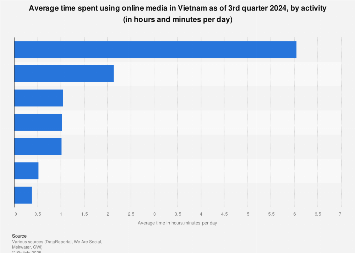

The updated rates and high-cost localities in effect for the last three months of the calendar year, as long as they use the same rates and localities consistently for all employees reimbursed under the high-low method.The rates and high-cost localities in effect for the first nine months of the calendar year, or.The company may use any permissible method to reimburse that employee for any travel outside the continental United States, however.įor travel during the last three months of a calendar year, employers must continue to use the same method (per diem or high-low method) for an employee as they used during the first nine months of the calendar year. For example, companies that use the high-low method for an employee must continue to use it for all reimbursement of business travel expenses within the continental United States during the calendar year. Important: This method is subject to various rules and restrictions. Starting on October 1, the following tourist-attraction areas have changed the portion of the year in which they are high-cost localities: Important note: Certain tourist-attraction areas only count as high-cost areas on a seasonal basis. On the other hand, these areas have been removed from the previous list of high-cost localities: The following have been added to the high-cost list: The IRS also modified the list of high-cost areas for post-September 30 travel. Compared to the prior simplified per diems, the high-cost area per diem has decreased $5 and the low-cost area per diem has decreased $2. For all other areas within the continental United States, the per diem rate is $198 for post-Septemtravel ($138 for lodging and $60 for meals and incidental expenses). Under the high-low method, the per diem rate for all high-cost areas within the continental United States is $292 for post-Septemtravel ($221 for lodging and $71 for meals and incidental expenses). The IRS recently updated the per diem rates for business travel for fiscal year 2021, which started on October 1, 2020. Also, per diem rates can’t be paid to individuals who own 10% or more of the business. Per diem reimbursements generally aren’t subject to income or payroll tax withholding or reported on the employee’s Form W-2. Instead, the employer simply pays the specified allowance to employees.īut employees still must substantiate the time, place and business purpose of the travel. Collecting paper or electronic receipts for expenses generally isn’t required under the per diem method.

If your company uses per diem rates, employees don’t have to meet the usual recordkeeping rules required by law.

Under the high-low method, the IRS establishes an annual flat rate for certain areas with higher costs of living. These amounts are based on IRS-approved rates that vary from locality to locality. One simplified alternative is the “high-low method.” Instead of reimbursing employees for actual travel costs, this method provides fixed travel per diems. With travel cutbacks, now may be a good time to review - and possibly simplify - how your company reimburses its workers for out-of-town lodging, meals and incidental expenses. Now some people have started traveling for business purposes again, albeit less than before the COVID-19 pandemic began. Most business travel was temporarily suspended during the spring and summer months.


 0 kommentar(er)
0 kommentar(er)
